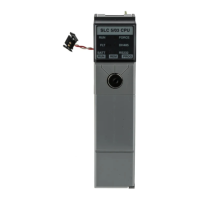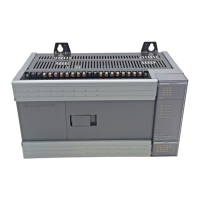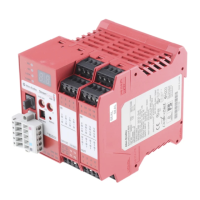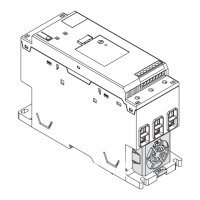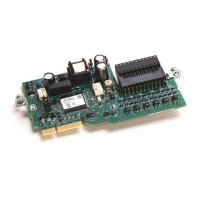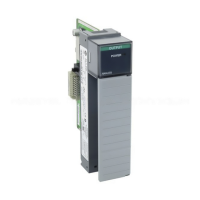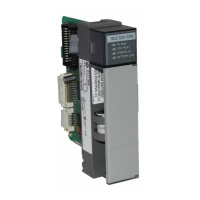B–4 RS-232 Communication Interface
Publication
1747-6.2
DF1 protocol combines data transparency (ANSI — American
National Standards Institute — specification subcategory D1) and
2-way simultaneous transmission with embedded responses (F1). It
is also a peer-to-peer, link-layer protocol. This means that system
devices have equal access to messages being sent over the RS-232
communication interface.
DF1 protocol provides two modes of communication: full- and
half-duplex.
DF1 Full-Duplex Protocol
DF1 full-duplex protocol (also referred to as DF1 point-to-point
protocol) lets you use RS-232 point-to-point communication in
applications that require it. This type of protocol supports
simultaneous transmissions between two devices in both directions.
You can use channel 0 as a programming port, or as a peer-to-peer
port using the MSG instruction.
In full-duplex mode, the SLC 5/03, SLC 5/04, and SLC 5/05
processors can send and receive messages. When the SLC 5/03,
SLC 5/04, and SLC 5/05 processors receive messages, they act as an
end device, or final destination for the data packets.
➀
The processor
ignores the destination and source addresses received in the data
packets. However, the processor swaps these addresses in the reply
that it transmits in response to any command data packet that it has
received.
By setting a parameter with your programming software, you can
also make the processor verify that the host computer can receive
embedded responses. To do this, the processor waits to receive an
embedded response from the host computer, before sending one of
its own. A host computer that can send embedded responses should
also be able to receive them.
If you use modems with DF1 full-duplex protocol, make sure that
they are capable of simultaneous bi-directional communication.
Typically, dial-up modems designed to be connected to standard
telephone lines can support full-duplex.
➀
The
exception to this is the SLC 5/04 OS401 or higher that has the DH+ to DF1 full-duplex
passthru bit enabled. In this case, the processor checks the destination address in the packet and
if it does not match the configured DH+ address of the processor
, then the packet is forwarded
onto the DH+ network to the destination address DH+ node.
D
1
h
SLC 5/03, SLC 5/04, and
SLC 5/05 Processors
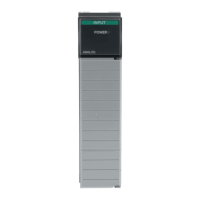
